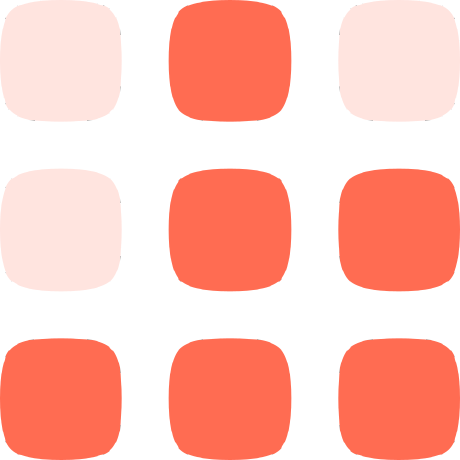
reconstitutor
Provides a thin layer that sits above Doctrine events to help you reconstitute/hydrate your entities. It lets you augment Doctrine's hydration with your logic in a concise and expressive class.
MIT License
rekalogika/reconstitutor
This library provides a thin layer that sits above Doctrine events to help you reconstitute/hydrate your entities. It lets you augment Doctrine's hydration with your logic in a concise and expressive class.
After Doctrine hydrates an object from the database, this framework gives you the control to hydrate additional properties not handled by Doctrine, without having to deal with the peculiarities of Doctrine events and Unit of Work. Then, after Doctrine persists the changes to the database, it lets you do similarly with the properties.
The most common case of this type of tasks is for handling file uploads, of which many specialized libraries have already been written. But plenty of other cases exist:
- A lazy-loading proxy that fetches the real resource using an API call.
- Linking objects that are managed by different object managers, or non-Doctrine
entities.
These days we usually call the process hydration. Reconstitution is the term used by Eric Evans in "Domain-Driven Design: Tackling Complexity in the Heart of Software".
Features
- Simple declaration in a class. You can create a reconstitutor class to handle
the reconstitution of a specific entity class, entities that implement a
specific interface, entities in a class hierarchy, or those with a specific
PHP attribute. - Our abstract classes provide
get()andset()methods as a convenience.
They let you work with the properties directly, bypassing getters and setters.
It is the best practice in reconstitutions as it frees you to have business
logic in the getters and setters. - The
get()andset()methods are forwarders to a custom implementation of
Symfony'sPropertyAccessorInterface. Therefore, you can use the same
exceptions defined inPropertyAccessorInterface. - It has what we think is the correct behavior. It asks your reconstitutor to
save only after Doctrine has successfully saved the object. It doesn't rely on
Doctrine seeing the object being dirty beforeflush()-ing. i.e. your
entities don't have to modify a Doctrine-managed property —like
$lastUpdated— just to make sure the correct Doctrine event will be fired.
Documentation
License
MIT
Contributing
Issues and pull requests should be filed in the GitHub repository rekalogika/reconstitutor.